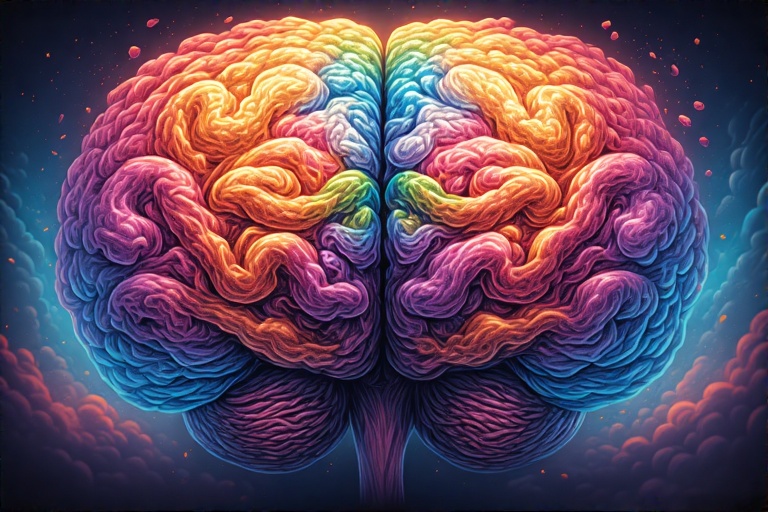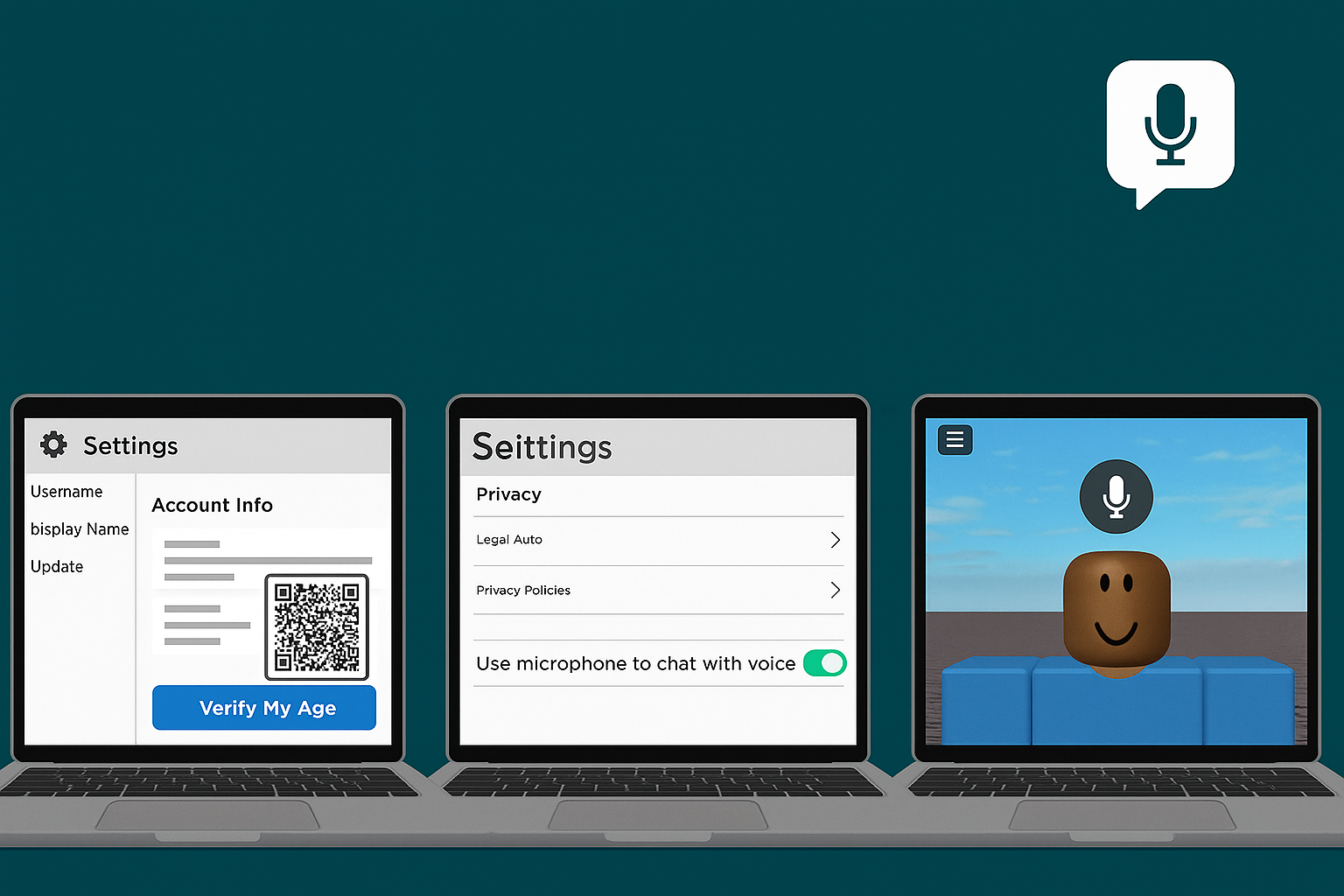.
What is Brain Art?
Brain art can be broadly defined as any form of art that is either:
- Inspired by the brain’s anatomy or activity,
- Created using brain data (such as EEG signals or brain scans),
- Or explores the experiences and perceptions generated by brain function.
This genre allows us to visualize how the brain processes thought, emotion, memory, creativity, and even mental illness. It turns intangible neural patterns into visible, often awe-inspiring masterpieces.
A Brief History of Brain Art
Although the term “brain art” is relatively modern, the concept dates back centuries. Artists have always been fascinated by the human mind. From Leonardo da Vinci’s anatomical drawings of the brain to Salvador Dalí’s surrealistic representations of dreams, many classic artworks depict or explore the mental landscape.
With the advancement of neuroscience in the 20th and 21st centuries, artists began to incorporate real brain imaging data, such as:
- MRI scans (Magnetic Resonance Imaging),
- EEG readings (Electroencephalograms),
- Neural network patterns from computational models of the brain.
These developments sparked a new genre where science and art don’t just co-exist—they collaborate.
Forms and Mediums of Brain Art
Brain art can be expressed in many forms. Here are the most prominent ones:
1. Data-Driven Digital Art
Artists use data from EEG, fMRI, or PET scans to create digital visuals. These pieces often resemble psychedelic patterns or fluid visuals that mimic the rhythms of brainwaves.
2. Neuro-Photography
This involves capturing images of brain structures or neural activity using high-resolution microscopes and transforming them into visual art.
3. AI-Generated Brain Art
With the help of AI tools, artists can now create visual representations of how artificial neural networks “think.” These artworks mimic the logic of the brain and are often abstract yet deeply symbolic.
4. Interactive Installations
These installations respond to the viewer’s brainwaves in real time. For example, you could wear a brainwave headset, and your concentration level might control lights, sound, or shapes on a screen.
5. Sculptures and 3D Models
Using anatomical accuracy or abstract representations, some artists create sculptures of neurons, synapses, or entire brains, often with mesmerizing textures and colors.
Creating Brain Art: Tools and Techniques
Creating brain art involves both scientific tools and artistic software. Common tools include:
- EEG Headsets (like Muse or Emotiv) to record brainwaves.
- MRI and CT scans for accurate brain imaging.
- 3D modeling software like Blender or ZBrush.
- Generative AI programs that simulate neural processing.
- Biofeedback interfaces that translate brain activity into visual elements.
Artists often work in collaboration with neuroscientists, coders, or data analysts to interpret complex neural data in creative ways.
Brain Art and Mental Health
Brain art has profound implications for mental health awareness and therapy. Here’s how:
- Therapeutic Expression: People with mental illnesses can use brain art to express feelings they can’t put into words.
- Neurofeedback Therapy: Brain activity visualized in art can help people recognize and regulate their emotional states.
- Awareness Campaigns: Exhibitions on depression, PTSD, ADHD, or Alzheimer’s through brain art foster empathy and understanding.
- Mindfulness and Healing: Engaging with brain-inspired art has a calming, meditative effect that promotes mental well-being.
Brain Art in Education
Brain art plays a vital role in education and science communication. Complex brain structures and concepts are easier to understand when visualized creatively. Educators use brain art to:
- Teach students about neuroanatomy in an engaging way,
- Help visual learners grasp abstract cognitive processes,
- Encourage interdisciplinary learning between STEM and the arts (STEAM).
Brain Art and the Future
As technology advances, brain art will continue to evolve. The future holds exciting possibilities:
- Brain-to-Art Interfaces: Imagine thinking of an image, and a computer generates it directly from your brain!
- Virtual Reality Experiences: You could “walk through” your mind or relive a memory in immersive 3D.
- Brain Mapping in Real-Time: Real-time art installations that respond to your thoughts or moods could become common in museums or therapy centers.
Final Thoughts
In the ever-evolving world of art, a fascinating and intellectually stimulating genre has emerged—brain art. This term might sound niche, but it embodies a beautiful intersection of science and creativity. Brain art refers to artistic expressions inspired by, derived from, or directly created through the human brain and its intricate functions. It bridges the gap between the scientific study of the brain (neuroscience) and the limitless imagination of the human mind. In this comprehensive article, we will explore the concept of brain art, its history, various forms, how it’s made, its impact on mental health, and its role in education and innovation.
What is Brain Art?
Brain art can be broadly defined as any form of art that is either:
- Inspired by the brain’s anatomy or activity,
- Created using brain data (such as EEG signals or brain scans),
- Or explores the experiences and perceptions generated by brain function.
This genre allows us to visualize how the brain processes thought, emotion, memory, creativity, and even mental illness. It turns intangible neural patterns into visible, often awe-inspiring masterpieces.
A Brief History of Brain Art
Although the term “brain art” is relatively modern, the concept dates back centuries. Artists have always been fascinated by the human mind. From Leonardo da Vinci’s anatomical drawings of the brain to Salvador Dalí’s surrealistic representations of dreams, many classic artworks depict or explore the mental landscape.
With the advancement of neuroscience in the 20th and 21st centuries, artists began to incorporate real brain imaging data, such as:
- MRI scans (Magnetic Resonance Imaging),
- EEG readings (Electroencephalograms),
- Neural network patterns from computational models of the brain.
These developments sparked a new genre where science and art don’t just co-exist—they collaborate.
Forms and Mediums of Brain Art
Brain art can be expressed in many forms. Here are the most prominent ones:
1. Data-Driven Digital Art
Artists use data from EEG, fMRI, or PET scans to create digital visuals. These pieces often resemble psychedelic patterns or fluid visuals that mimic the rhythms of brainwaves.
2. Neuro-Photography
This involves capturing images of brain structures or neural activity using high-resolution microscopes and transforming them into visual art.
3. AI-Generated Brain Art
With the help of AI tools, artists can now create visual representations of how artificial neural networks “think.” These artworks mimic the logic of the brain and are often abstract yet deeply symbolic.
4. Interactive Installations
These installations respond to the viewer’s brainwaves in real time. For example, you could wear a brainwave headset, and your concentration level might control lights, sound, or shapes on a screen.
5. Sculptures and 3D Models
Using anatomical accuracy or abstract representations, some artists create sculptures of neurons, synapses, or entire brains, often with mesmerizing textures and colors.
Creating Brain Art: Tools and Techniques
Creating brain art involves both scientific tools and artistic software. Common tools include:
- EEG Headsets (like Muse or Emotiv) to record brainwaves.
- MRI and CT scans for accurate brain imaging.
- 3D modeling software like Blender or ZBrush.
- Generative AI programs that simulate neural processing.
- Biofeedback interfaces that translate brain activity into visual elements.
Artists often work in collaboration with neuroscientists, coders, or data analysts to interpret complex neural data in creative ways.
Brain Art and Mental Health
Brain art has profound implications for mental health awareness and therapy. Here’s how:
- Therapeutic Expression: People with mental illnesses can use brain art to express feelings they can’t put into words.
- Neurofeedback Therapy: Brain activity visualized in art can help people recognize and regulate their emotional states.
- Awareness Campaigns: Exhibitions on depression, PTSD, ADHD, or Alzheimer’s through brain art foster empathy and understanding.
- Mindfulness and Healing: Engaging with brain-inspired art has a calming, meditative effect that promotes mental well-being.
Brain Art in Education
Brain art plays a vital role in education and science communication. Complex brain structures and concepts are easier to understand when visualized creatively. Educators use brain art to:
- Teach students about neuroanatomy in an engaging way,
- Help visual learners grasp abstract cognitive processes,
- Encourage interdisciplinary learning between STEM and the arts (STEAM).
Brain Art and the Future
As technology advances, brain art will continue to evolve. The future holds exciting possibilities:
- Brain-to-Art Interfaces: Imagine thinking of an image, and a computer generates it directly from your brain!
- Virtual Reality Experiences: You could “walk through” your mind or relive a memory in immersive 3D.
- Brain Mapping in Real-Time: Real-time art installations that respond to your thoughts or moods could become common in museums or therapy centers.







Leave a Reply